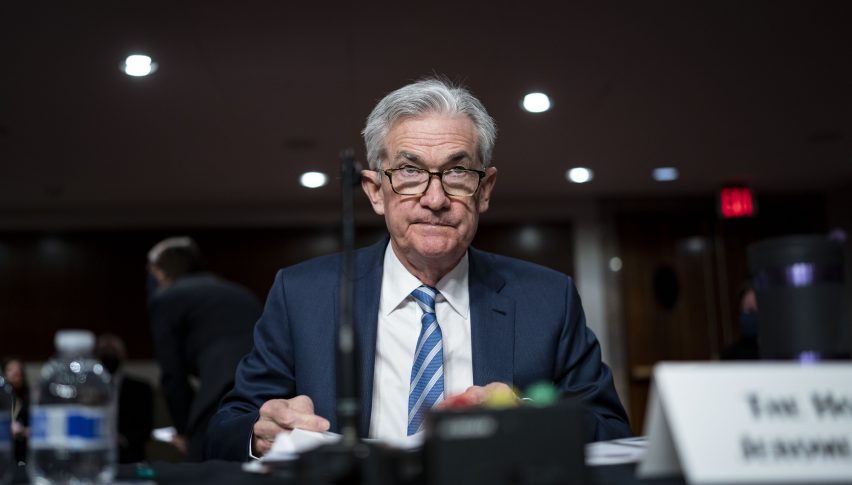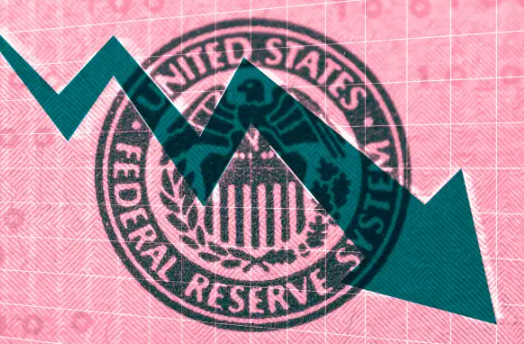U.S. Federal Open Market Committee (FOMC) Interest Rate Decisions
A country’s interest rate has much to do with the strength of its currency. In fact, it is a major driver of exchange rates and arguably the most important influencing factor when it comes to currency valuation.
A country’s interest rate plays a major role in the flow of global capital into and out of it. Capital flow can move exchange rates considerably, of course.
Because the United States’ economy is the largest in the world, its interest rate decisions are highly anticipated events.
These rate decisions can cause immense volatility over a wide range of asset classes which include the forex, commodity, and stock markets.
Of course, the anticipation of how U.S. interest rates will change often causes greater market movement than the rate decisions itself.
This happens because clever market players attempt to ‘price in’ interest rate changes long before they actually
take place.
In order to do this, these traders pay close attention to what the FOMC (Federal Open Market Committee) members convey to the public via speeches and comments as well as the press conference, their interest rate ‘dot plot’, and the FOMC statement, that usually accompany the interest rate decision itself. (Of course, the events that take place at the same time or after the rate decision can only be used to estimate future interest rate changes).
Consequently, the FOMC press conference and these other events which accompany the actual rate announcement are many times more important than the rate decision itself.
This should come as no surprise as the interest rate is merely a number while the press conference and these other events can reveal much information about the state of the American economy as well as the outlook regarding future rate hikes or cuts.
When the interest rate announcement takes place, market players have often already ‘priced it in’ which can greatly reduce its immediate impact on the market.
Contrary to this, the press conference and these other events have more variables and potential surprises which need to be considered and analyzed by the different market participants.
About the FOMC
The FOMC is a branch of the FED (Federal Reserve) and is in charge of the policy-making associated with the nation’s money supply.
.jpg)
The FOMC regulates money supply in the U.S.A.
The FOMC meets eight times a year to decide about interest rates and other aspects of monetary policy.
The FED chair is traditionally also selected as the FOMC’s chairperson. The voting members of the FOMC are the FED’s seven members of its Board of Governors, the president of the Federal Reserve Bank of New York, and four presidents of other Federal Reserve Banks who rotate on a one-year basis.
The FOMC attract much media attention because they are in charge of making interest rate decisions and also govern other monetary policies.
What to Expect From FOMC Interest Rate Decisions
Because money follows yield, the typical U.S. dollar reaction to an FOMC rate hike is expected to be bullish.
You see, when interest rates are higher in the United States, the U.S. dollar automatically produces a higher yield (long dollar positions yield more interest or rollover). Of course, a higher interest rate encourages capital flow to the U.S. which is also dollar-positive.
Strong economic growth (or the prospect thereof) takes place before central banks hike rates to control inflationary pressures which may result from this growth.
This growth phase also draws foreign capital which increases the demand for the particular country’s currency. (Just to give you a broader view of why a currency might strengthen).
However, dollar strength isn’t always the case with an interest rate hike by the FOMC. If we examine the last three rate hikes by the FOMC, only two of these produced U.S. dollar strength.
It should also be noted, though, that the dollar-positive effect of these two rate hikes (2015/12/16 and 2016/12/14) have been completely erased by now (2017/06/10), even though another rate hike of 25 basis points is expected next week on 2017/06/14.
The FOMC rate decision and the accompanying statement, economic projections, interest rate ‘dot plot’, and press conference, together form a high-level risk event which is capable of delivering extraordinary volatility. You should, therefore, exercise caution when trading this important event.
+Interest+Rate+Decisions+2.jpg)
The FED's interest rate 'dot plot'.
Remember, that market liquidity can be really thin when the FOMC announces its rate decisions. This makes trading dangerous because the price could gap through your stop losses and other orders.
Many traders and investors typically don’t trade this event (at the time it is released or immediately thereafter) because of the major risks involved.
The FOMC interest rate decisions and the accompanying events can spark strong impulses which can last for several days and even much longer.
Therefore, you can utilize the volatility triggered by these events and capitalize thereon if you trade in the direction of the market’s momentum.
It is really important, however, to be aware that the markets often don’t react with the force that many traders expect from certain high-level events.
Every situation is different and therefore it is crucial to carefully analyze the technicals and fundamentals before engaging in the markets.
Remember, trading is all about observation. Good luck with your trading!
- Check out our free forex signals
- Follow the top economic events on FX Leaders economic calendar
- Trade better, discover more Forex Trading Strategies
- Open a FREE Trading Account


